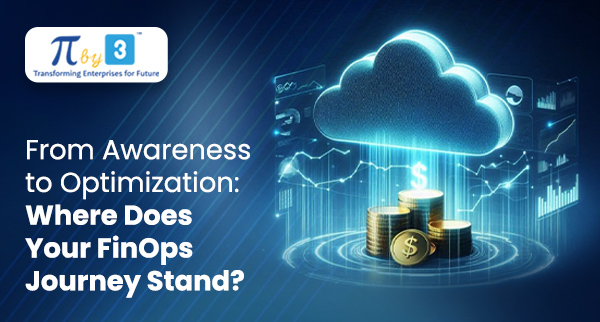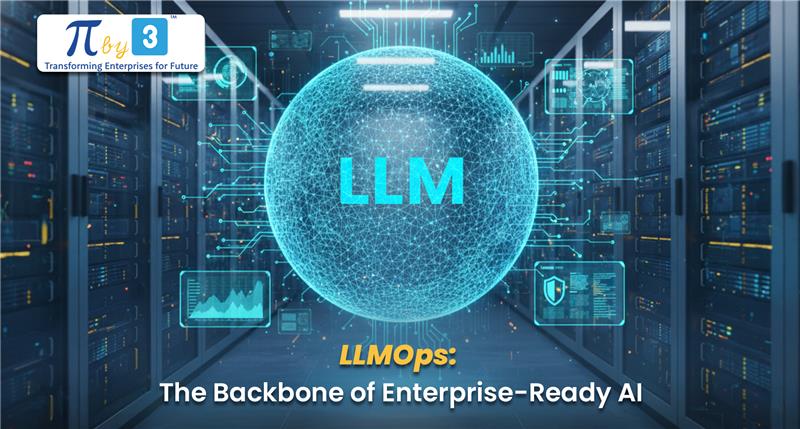What comes to mind when you hear "generative AI"? Likely ChatGPT drafting emails or crafting quick replies. But let’s flip the script—imagine AI designing new product lines, optimizing supply chains, or predicting market shifts.
Sounds futuristic? It’s not. Enterprises are already leveraging generative AI to reshape business growth, revolutionizing customer engagement, streamlining operations, and driving innovation.
The Shift from Interaction to Innovation
While ChatGPT popularized AI-powered conversations, enterprises are now using AI for creation, prediction, and optimization. Generative AI is helping businesses:
• Design innovative products that align with market demands.
• Predict trends with real-time data analysis, improving decision-making.
• Optimize business processes, turning inefficiencies into growth opportunities.
Instead of just interacting with customers, businesses are using AI to transform how they operate and compete.
1. Crafting Game-Changing Products
Generative AI is accelerating product innovation across industries:
• Manufacturing: AI-generated designs reduce material waste and enhance durability. Boeing, for example, uses AI-driven generative design to develop lightweight, high-performance aircraft components, reducing production costs.
• Pharmaceuticals: AI is expediting drug discovery. A 2023 study by Insilico Medicine found that AI reduced drug discovery timelines by 80%, cutting costs by millions.
By enhancing efficiency, AI enables businesses to focus on strategic initiatives.
2. Hyper-Personalized Customer Experiences
Today’s consumers expect personalized experiences. Generative AI delivers by analyzing vast datasets to tailor products, services, and marketing campaigns:
• Retail: Companies like Amazon use AI to create personalized shopping experiences, increasing conversion rates by 35%.
• B2B Sales: AI-powered tools generate customized proposals, enhancing client engagement and boosting deal closures.
By leveraging AI-driven insights, businesses are fostering deeper customer relationships and increasing brand loyalty.
3. Revolutionizing Business Operations
Operational inefficiencies hinder growth. Generative AI is solving these challenges by optimizing workflows and resource management:
• Logistics: AI-driven route optimization has helped companies like FedEx reduce fuel costs by 15% and improve delivery efficiency.
• Human Resources: AI automates resume screening and talent matching. LinkedIn reports that AI-driven recruitment reduces hiring time by 50%.
By enhancing efficiency, AI enables businesses to focus on strategic initiatives.
4.Smarter Decision-Making with Predictive Insights
In a fast-changing business environment, informed decision-making is crucial. Generative AI excels at transforming raw data into actionable intelligence:
• Finance: JPMorgan uses AI to detect market trends, improving investment accuracy and risk assessment.
• Supply Chain Management: AI-driven demand forecasting reduces inventory waste by 20%, improving profitability.
These insights empower businesses to stay ahead of market trends and drive sustainable growth.
Challenges and Opportunities
Generative AI isn’t without challenges—data privacy, regulatory compliance, and ethical considerations are key concerns. However, businesses that strategically integrate AI into their core operations can unlock significant competitive advantages.
Conclusion: Thinking Beyond ChatGPT
Generative AI is more than just a tool—it’s a transformative force reshaping business strategy. From product innovation to workflow optimization and personalized customer engagement, AI is rewriting the rules of growth.
As enterprises continue exploring AI’s potential, one thing is clear: this technology isn’t just answering questions—it’s driving the future of business. Are you ready to leverage AI for the next level of success?






